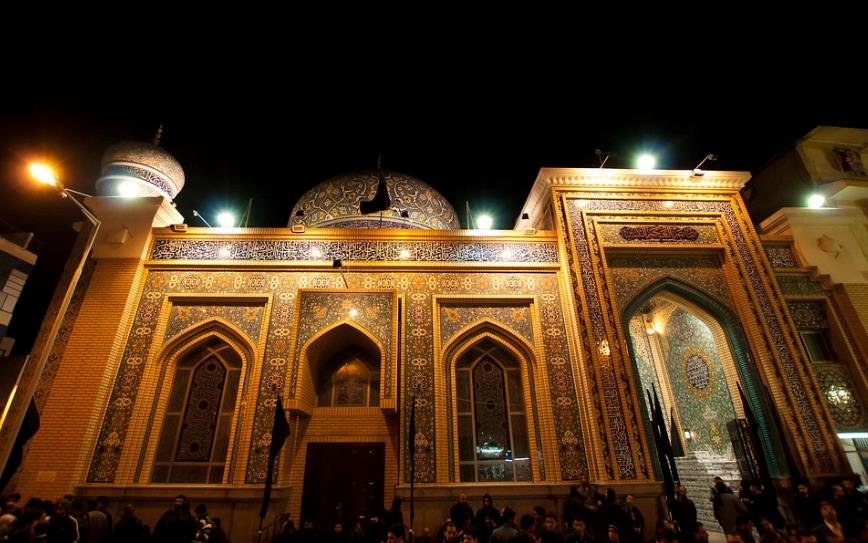The Kingdom of Saudi Arabia has officially announced that the first day of Muharram, marking the beginning of the Islamic New Year 1446 AH, will be on Sunday, July 7, 2024. This announcement follows the Supreme Court’s confirmation that the crescent moon was not sighted on Friday evening, July 5. Consequently, Saturday, July 6, will be the last day of Dhul-Hijjah. The Islamic New Year, also known as the Hijri New Year, commemorates the migration of Prophet Muhammad (PBUH) from Makkah to Madinah in 622 AD, a pivotal event in Islamic history.
Muharram is not only the first month of the Islamic calendar but also one of the four sacred months in Islam. The significance of Muharram dates back to the time of Prophet Muhammad (PBUH) and even before. It is a month of reflection, prayer, and fasting for many Muslims around the world. The name ‘Muharram’ itself means ‘forbidden,’ indicating that any form of violence or warfare is prohibited during this month. This sanctity is highlighted in the Quran and the teachings of Prophet Muhammad (PBUH), emphasizing peace and spiritual growth.

The first ten days of Muharram hold particular importance, especially for Shia Muslims. These days are marked by mourning and remembrance of the martyrdom of Hussain Ibn Ali, the grandson of Prophet Muhammad (PBUH), who was killed in the Battle of Karbala in 680 AD. The tenth day, known as Ashura, is observed with various rituals, including fasting, processions, and public expressions of grief. For Sunni Muslims, fasting on Ashura is a recommended but not obligatory practice, symbolizing the victory of Moses over Pharaoh.
Observances and Traditions During Muharram
The observance of Muharram varies across different Muslim communities and regions. In many Muslim-majority countries, the first day of Muharram is a public holiday, allowing people to engage in religious activities and spend time with family. Mosques hold special prayers and sermons to mark the beginning of the new year and to reflect on the lessons from the migration of Prophet Muhammad (PBUH). In some regions, cultural events and educational programs are organized to educate the younger generation about the historical and religious significance of Muharram.
Shia Muslims, in particular, observe Muharram with deep reverence and solemnity. The first ten days are dedicated to mourning ceremonies, where the story of Hussain Ibn Ali’s martyrdom is recounted in detail. These ceremonies often include recitations of elegies, theatrical reenactments, and processions. The city of Karbala in Iraq becomes a focal point during this period, as millions of Shia pilgrims visit the shrine of Hussain Ibn Ali to pay their respects and participate in the commemorations.
Global Impact and Unity During Muharram
Muharram serves as a time for Muslims worldwide to come together in unity and solidarity. Despite the differences in observance, the underlying themes of peace, reflection, and remembrance resonate across all Muslim communities. The month provides an opportunity for Muslims to strengthen their faith, seek forgiveness, and renew their commitment to the teachings of Islam. It also fosters a sense of global brotherhood, as Muslims from diverse backgrounds and cultures join in the collective observance of this sacred month.
In recent years, the advent of digital media has further amplified the global impact of Muharram. Live broadcasts of religious ceremonies, online lectures, and social media campaigns have made it easier for Muslims to connect and participate in the observances, regardless of their geographical location. This digital connectivity has also facilitated interfaith dialogues and cultural exchanges, promoting a better understanding of the significance of Muharram among non-Muslim communities.
